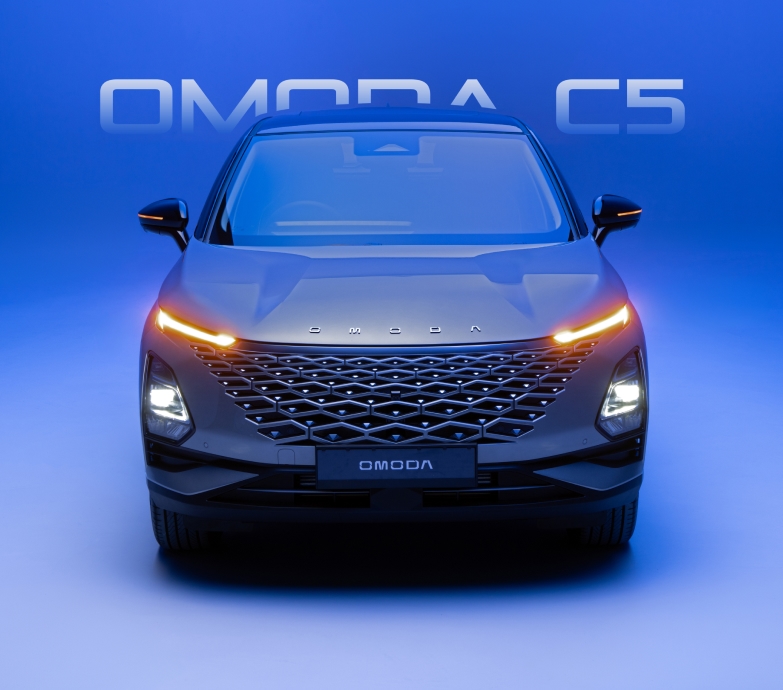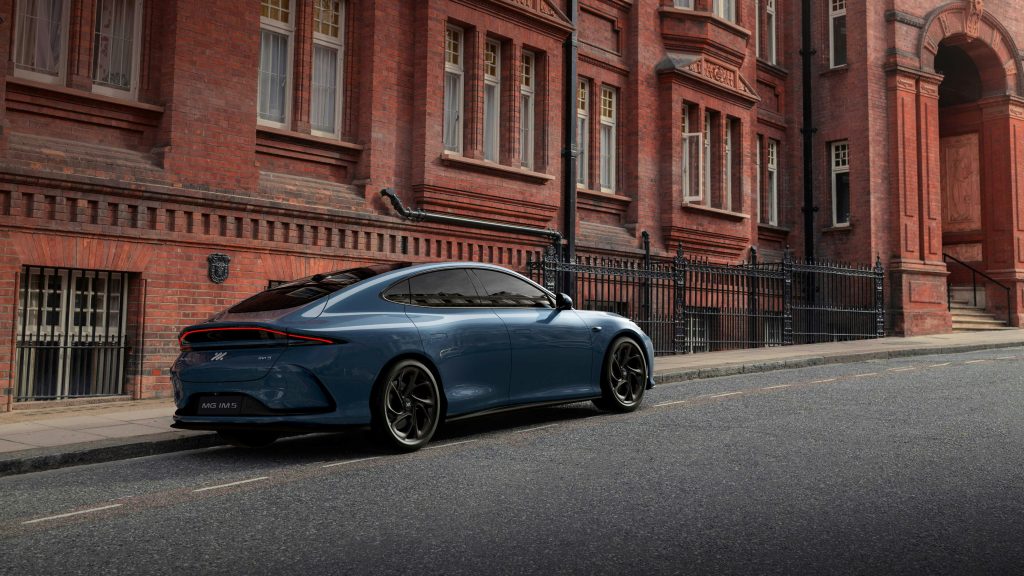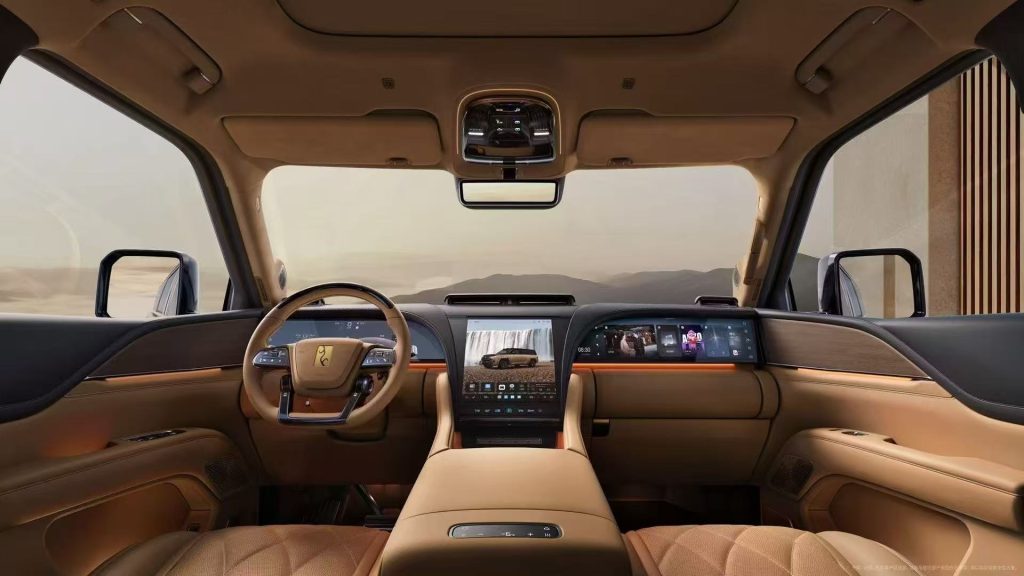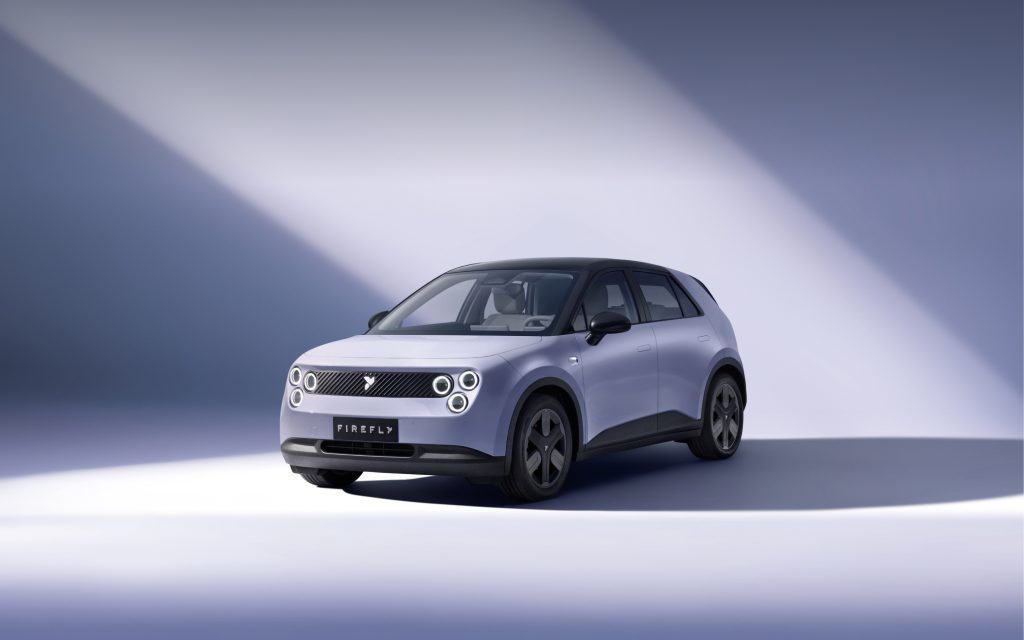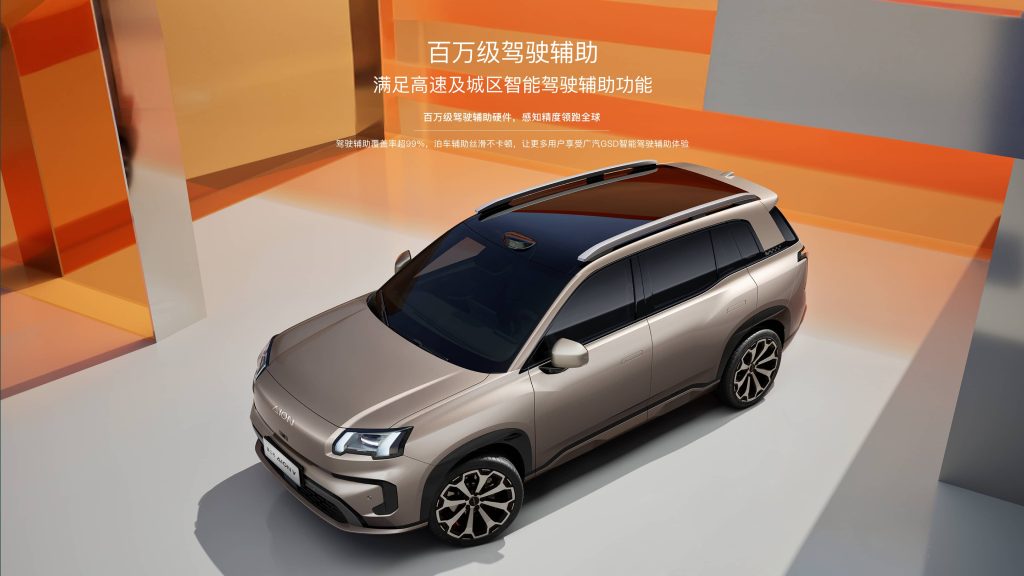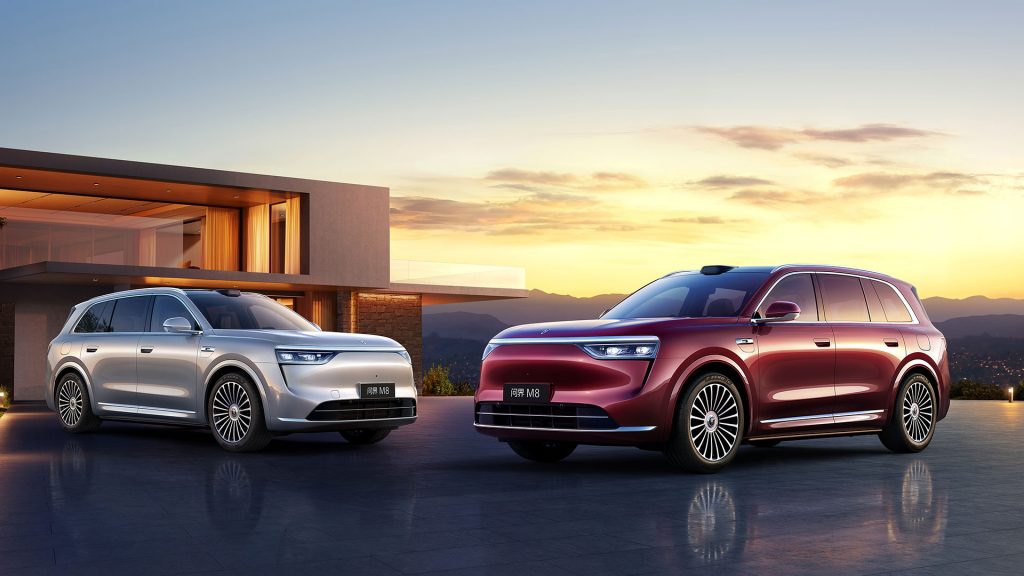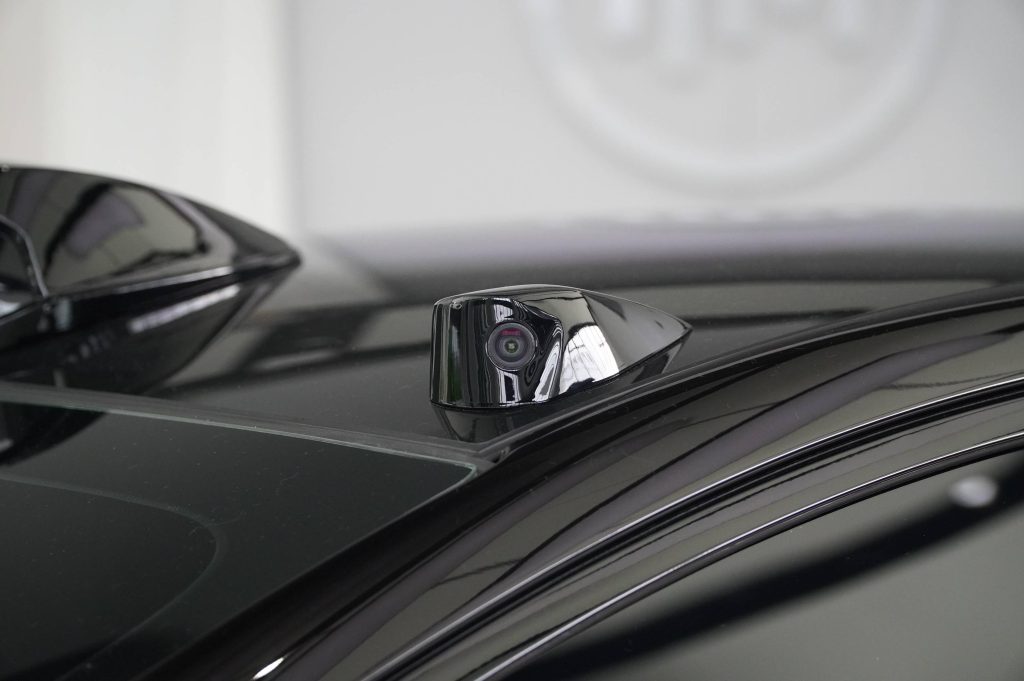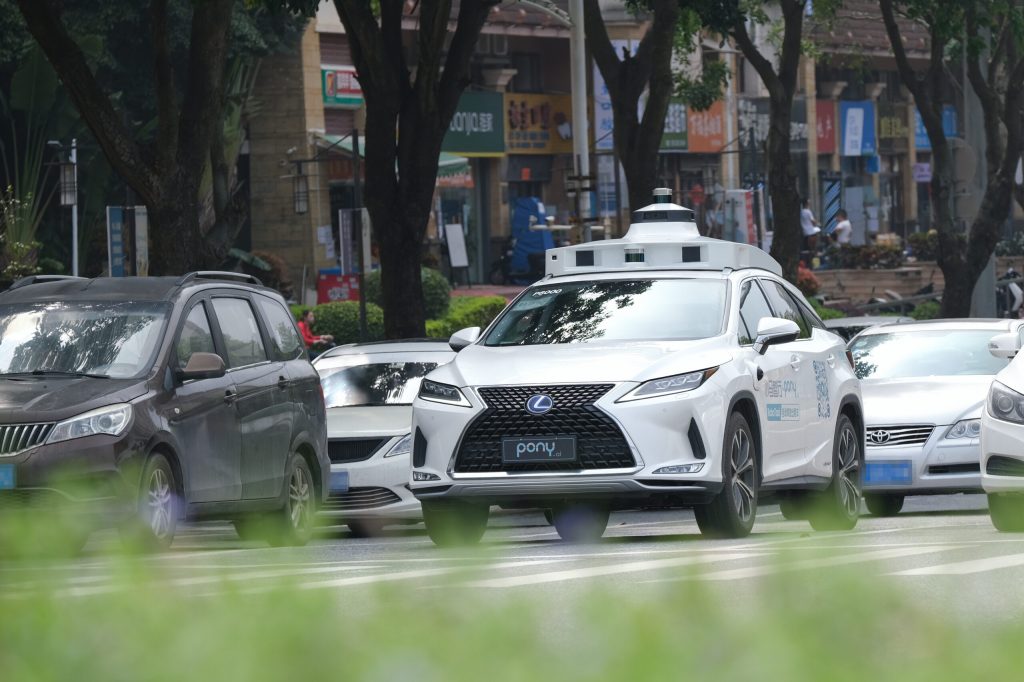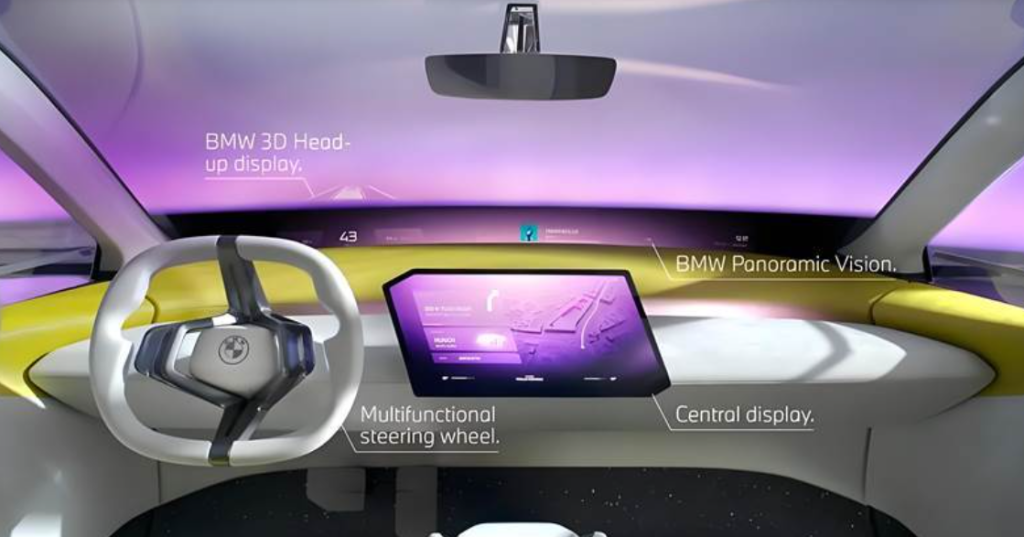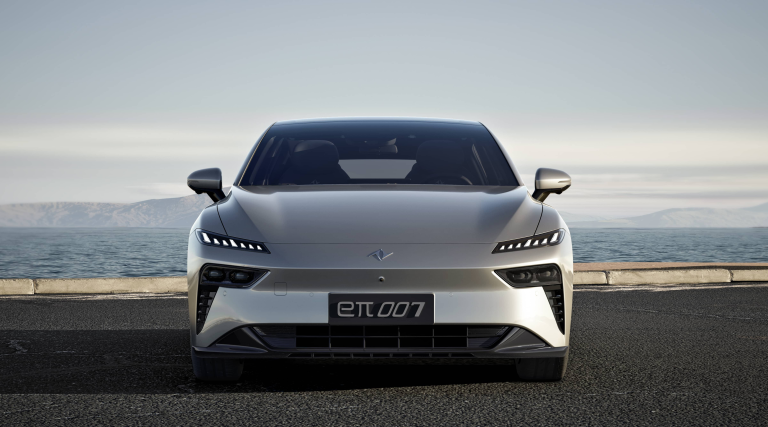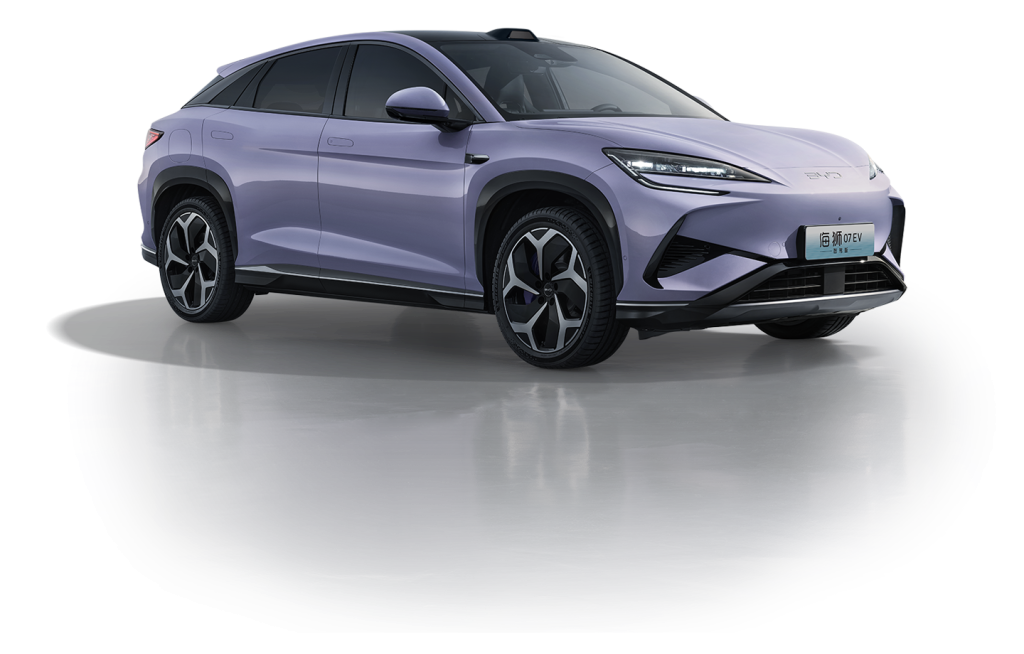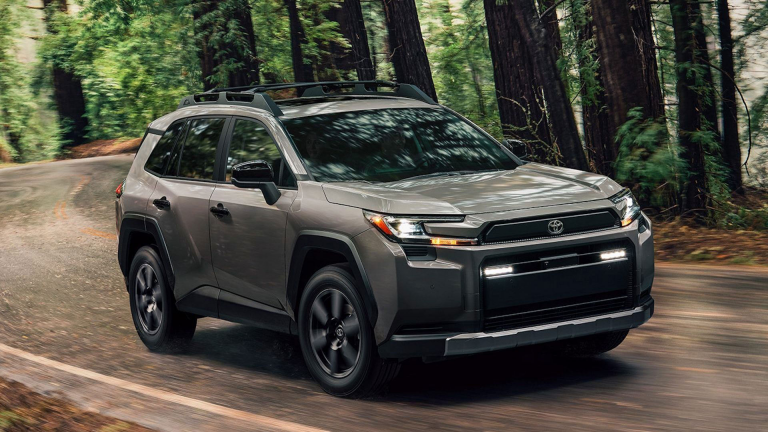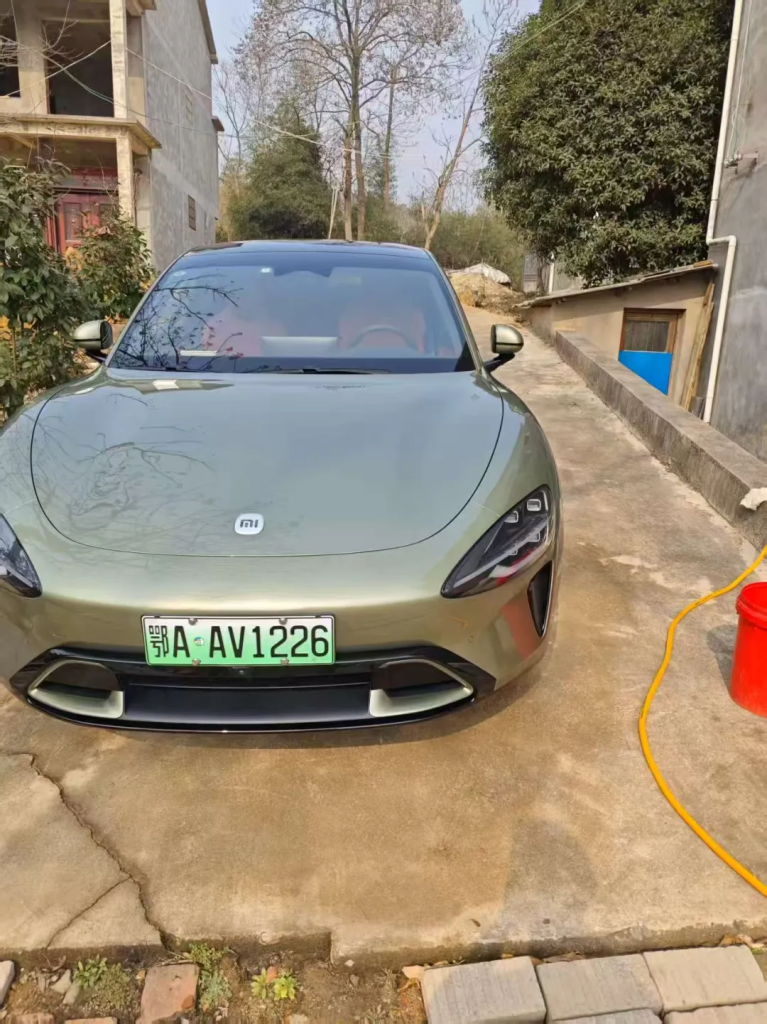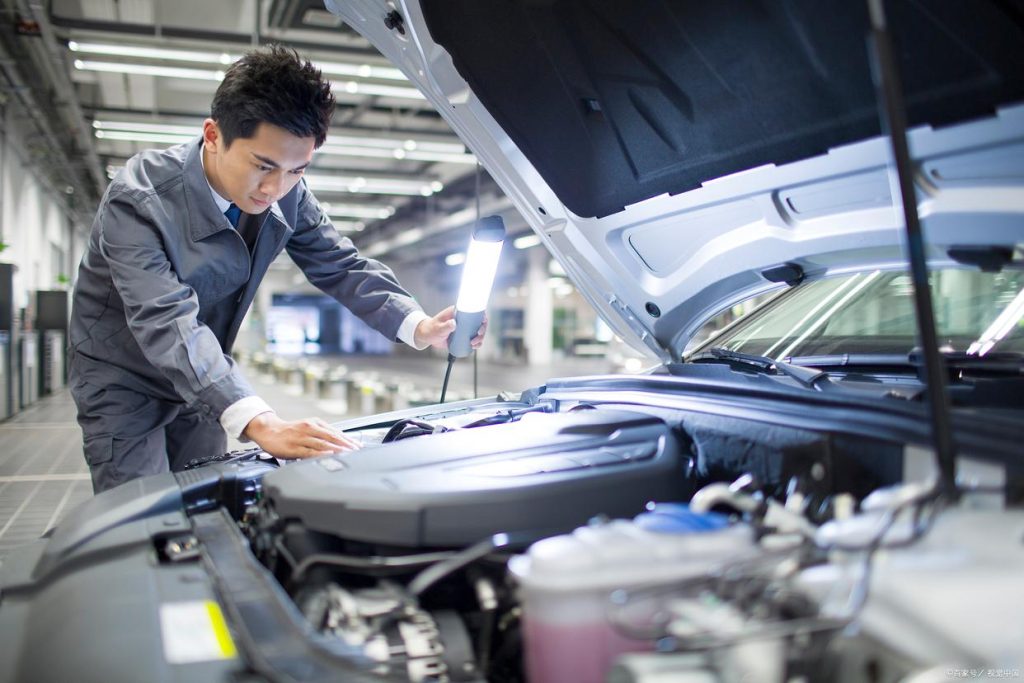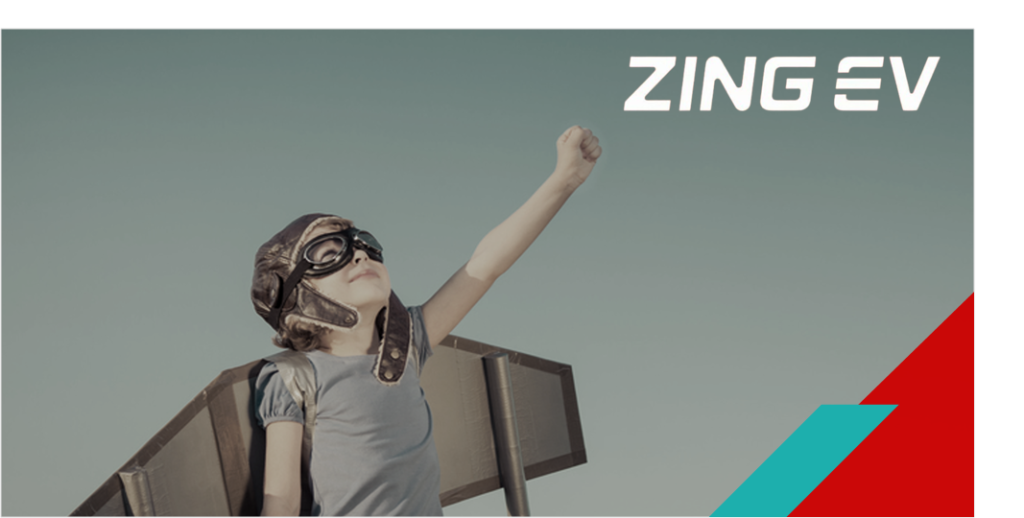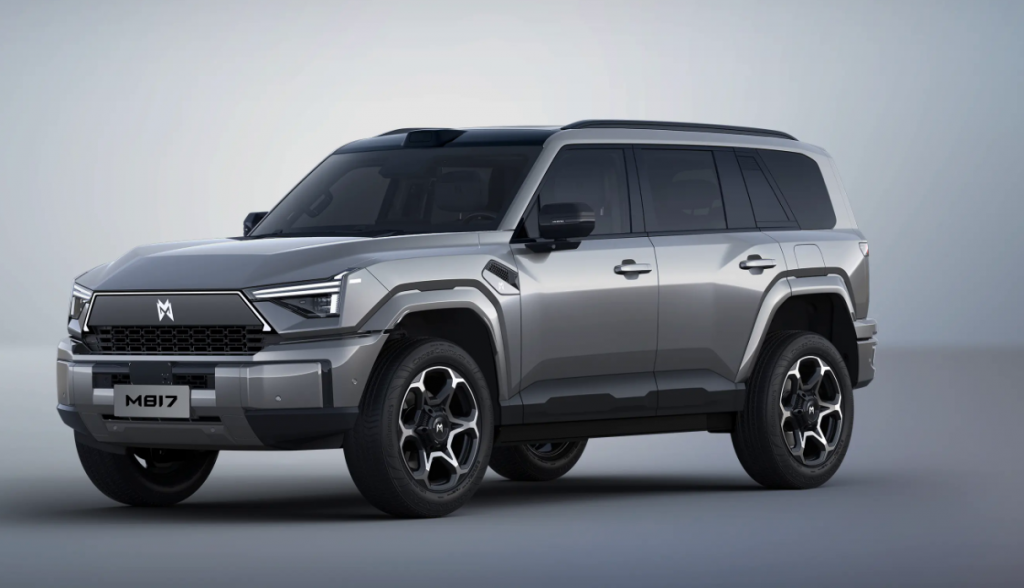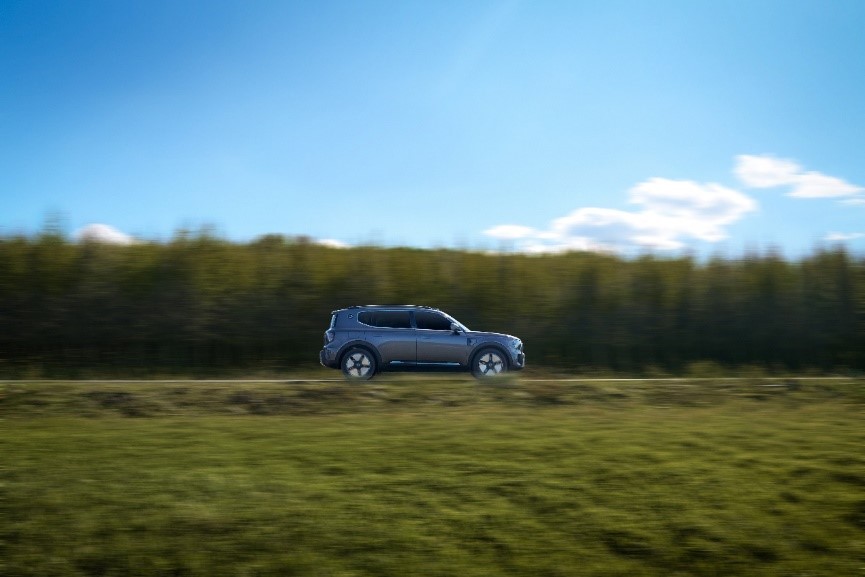June 5, 2025, by Xiaoxi Wang of Chief Editor of iAuto and C-Dimension Media
Divided into seven projects, the funding doesn’t seem substantial.
“Unprecedented…”
“Aha, Spring has arrived for solid-state batteries!”
“The ‘national team’ is stepping up!”
The excitement among click-driven media stems from a May 29 report by China Daily: China is set to invest approximately 6 billion yuan in the R&D of all-solid-state batteries, with six companies- CATL, BYD, FAW, SAIC, WeLion New Energy, and Geely – potentially receiving government support for foundational R&D.
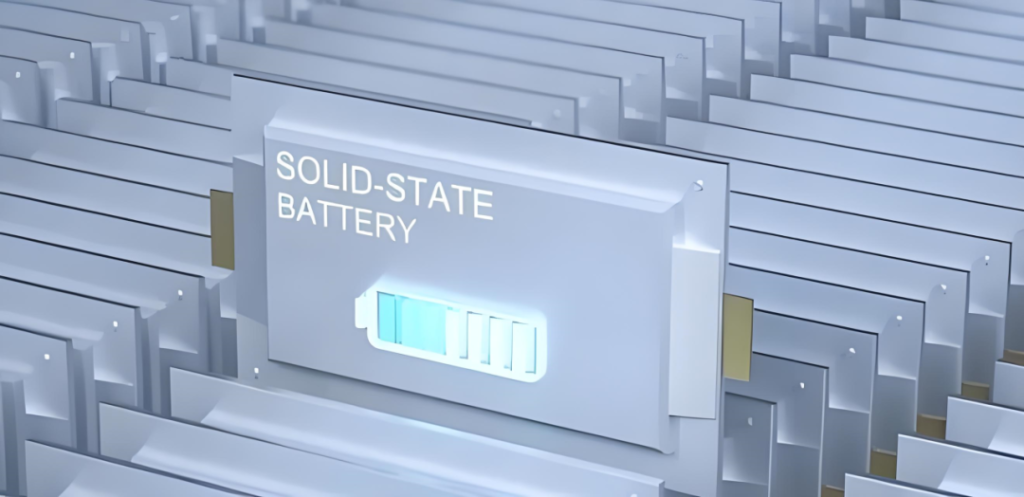
However, it’s reported that after rigorous screening, the project has been divided into seven sub-projects covering different technical routes. Crucially, these seven “unprecedented in the industry” projects are all led by relevant government ministries. Currently, the projects are still in the defense stage.
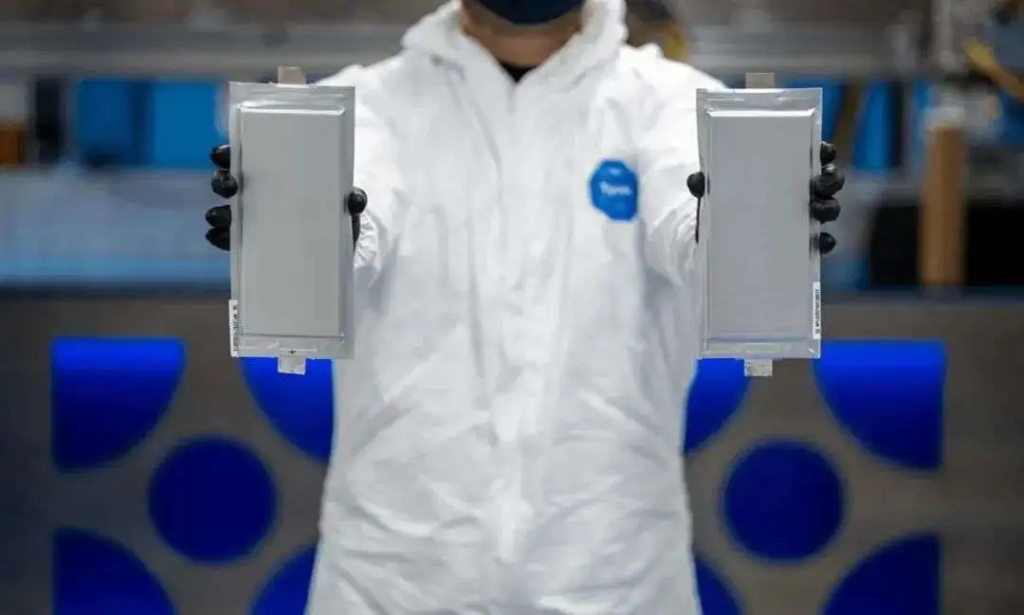
This adds more fuel to the already hyped “all-solid-state battery” race, tightening the timeline for mass production. But here’s the issue: 6 billion yuan split across seven projects averages out to a modest sum per project.
So, why all the hype?
01 The Academician’s Proposal
Let’s start with the top-level design, which traces back to the “Overall Roadmap Proposal for China’s Development of All-Solid-State Batteries” by Ouyang Minggao, China NEV policy leader and an academician of the Chinese Academy of Sciences (CAS).
The origin lies in the January 21, 2024, establishment of the “China All-Solid-State Battery Industry-Academia-Research Collaborative Innovation Platform” in Beijing, spearheaded by Ouyang. This non-legal entity aims to advance China’s academic and industrial progress in solid-state batteries.
At the event, Zheng Hongyu, chairman of the China Industrial Association of Power Sources, emphasized that the platform’s launch marks a critical step in China’s lithium battery industry and aligns with national strategic goals.
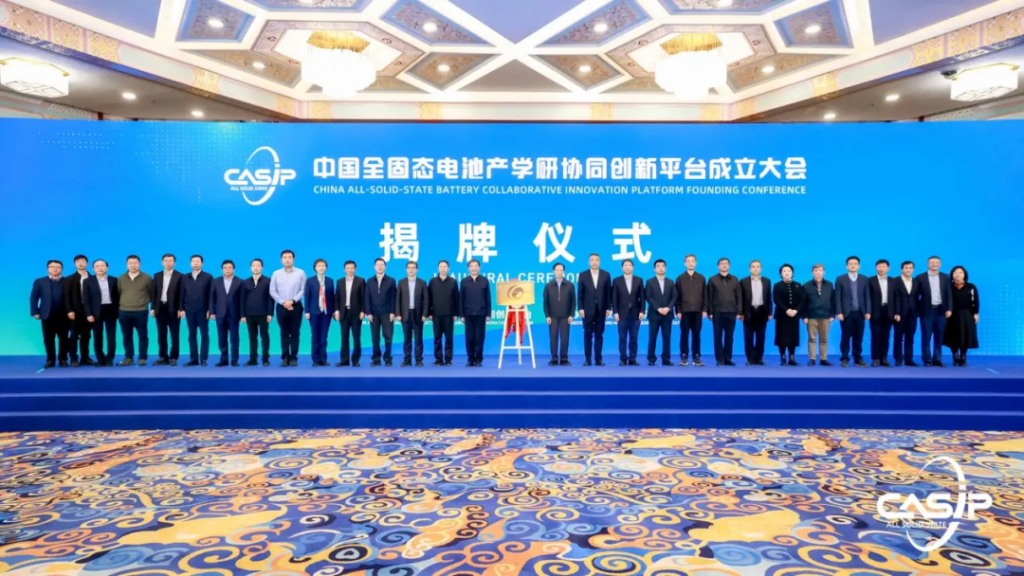
Earlier, the Ministry of Industry and Information Technology (MIIT) sought public feedback on revisions to the Lithium Battery Industry Standards (2024 Edition), introducing new requirements for solid-state batteries. For the first time, clear standards were set: single-cell energy density ≥300 Wh/kg, battery pack energy density ≥260 Wh/kg, and cycle life ≥1,000 cycles with ≥80% capacity retention.
Three months later, at the 16th Chongqing International Battery Technology Conference, Academician Ouyang delivered a speech titled Industry-Academia-Research Collaboration to Build China’s All-Solid-State Battery Technology Platform, proposing:
- Short-term (3–5 years): Focus on achieving 300 Wh/kg (gravimetric energy density) and 600 Wh/L (volumetric energy density) to establish a complete technical chain for all-solid-state batteries.
- Medium-term (5–10 years): Target 500 Wh/kg and 1,000 Wh/L, with commercialization by 2035. Key material breakthroughs should prioritize lithium metal anodes while also advancing silicon-carbon anodes.
Beyond energy density goals, Ouyang stressed the need to “protect China’s advantages and guard against disruption.” He noted, “Japan and Europe are positioning solid-state batteries as disruptive technologies to overtake China. We, however, must defend our lead by mastering all-solid-state tech while refining liquid lithium-ion batteries—our decades-long stronghold.”
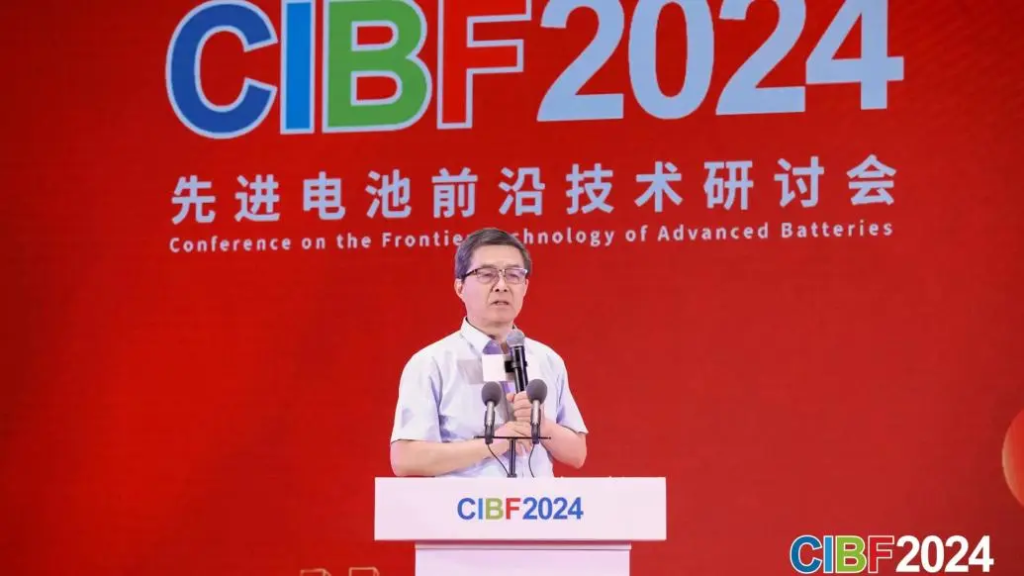
I largely agree with Ouyang’s stance: “We cannot abandon liquid lithium-ion batteries; they remain our strength and livelihood for decades.” Still, I’m skeptical about his prediction that all-solid-state battery costs could drop to 0.4 yuan/Wh (factoring in recycling).
Capital markets are chasing the solid-state battery hype. According to incomplete data from Polaris Energy Storage, the solid-state battery sector saw 74 funding rounds in 2024 alone, involving 23 companies—10 of which secured 12 rounds (e.g., LianChuang Lithium and Yijin New Energy raised twice). The largest funding, exceeding 100 million yuan, went to Ruigu New Energy.
Amid this frenzy, timelines for commercialization are accelerating. SAIC announced plans to deliver mass-produced all-solid-state batteries by 2026 (exceeding 400 Wh/kg, double traditional batteries), with IM Motors launching solid-state battery-equipped vehicles in 2027. GAC Group aims to deploy solid-state batteries in its Hyper brand by 2026. CATL, meanwhile, disclosed plans for small-batch production by 2027—a relatively cautious timeline.
On May 17, Gotion High-Tech unveiled its solid-state “Jinshi Battery,” targeting small-scale vehicle testing by 2027 and mass production by 2030.
But here’s the catch: Many firms blur the line between semi-solid and all-solid-state batteries, likely to “muddy the waters” for preemptive marketing wins. Moreover, these timelines seem overly optimistic.

02 Doubling Down on Semi-Solid-State Batteries
While headlines tout all-solid-state breakthroughs, commercialization remains elusive. In contrast, many companies are ramping up semi-solid-state efforts.
Semi-solid-state batteries offer a middle ground: enhanced safety, better low-temperature performance, and compatibility with existing production lines, making commercialization easier. Over 34 billion yuan in semi-solid-state projects have been announced in 2024, involving veterans like CALB, SVOLT, and newcomers across lithium/sodium battery segments.

Yet, giants like CATL and BYD remain lukewarm toward all-solid-state tech. CATL, for instance, is exploring condensed-state batteries– a faster-to-market alternative with 500 Wh/kg density. Similarly, BAK Battery unveiled semi-solid-state products targeting 450 Wh/kg by end-2024.
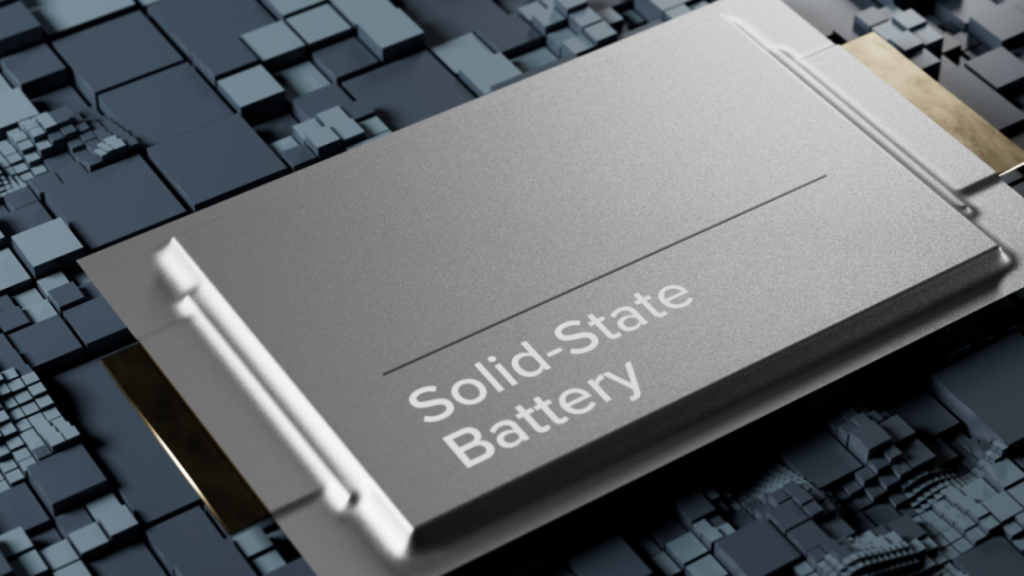
SAIC’s IM L6, launching in October 2024, will feature first-gen WeLion semi-solid-state batteries (300+ Wh/kg, 1,000+ km range). Notably, in March, Farasis Energy partnered with FAW Jiefang to pioneer semi-solid-state batteries in commercial vehicles.
Reality check: Neither all nor semi-solid-state batteries have achieved large-scale commercialization. As Wang Jiantao, Deputy Director of the China Automotive Battery Research Institute, cautioned: Solid-state batteries face interfacial challenges, and most R&D focuses on materials and interfaces. Scaling production by 2027 demands solving countless hurdles.
By current estimates, true all-solid-state batteries remain in the technical accumulation phase. Even if demand hits 200 GWh by 2030 (65.8% CAGR from 2025), sulfide/oxide/polymer/halide routes are years away from mass production.
Contact the author: 110411530@qq.com

